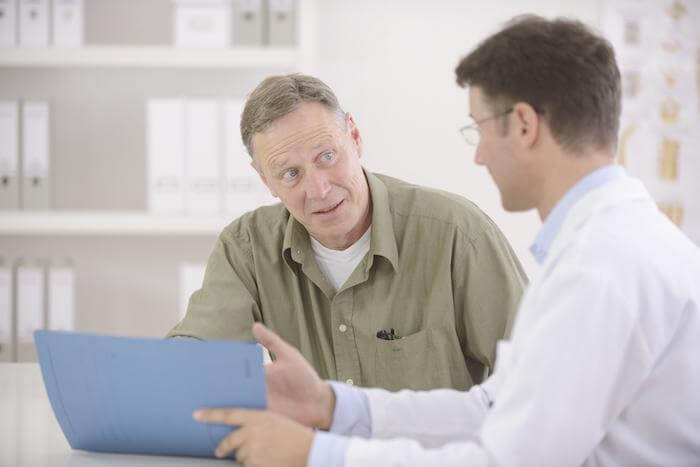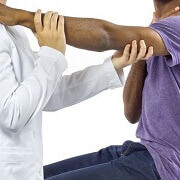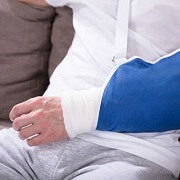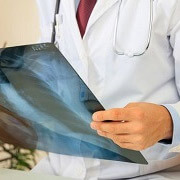When a nerve root in the spinal canal is impinged upon or pinched by surrounding structures, it sends out pain signals that travel from that root down the length of the nerve into an extremity. You can feel this type of pain anywhere along the nerve’s length.
Radiculopathy is common, affecting 85 out of 100,000 American adults each year. It can happen at any age, but it’s more likely as you get older, because osteoarthritis and age-related degenerative disc disease in the spine are common causes.
At Pinnacle Pain and Spine, pain management specialists Dr. Matthew Crooks and Dr. Stuart Rammel see patients with radiculopathy stemming from many different causes. They understand how debilitating this kind of pain can be, which is why they offer a number of treatment options to get you back to your normal life. Here’s how they can help.
Your spine, in brief
Your spine is your backbone, made up of 24 bony vertebrae, each connected by two pairs of facet joints to the vertebrae above and below them. In between the discs are cushiony intervertebral discs, which act as shock absorbers as you move and allow for a wide range of motion.
The structure lines up in a (mostly) vertical fashion, which allows you to stand up straight. Inside this spinal column is a space, the spinal canal, through which spinal nerves run, exiting between holes in the vertebrae and extending into all the areas of your body.
If anything narrows the canal or the holes, the nerve root can become compressed or pinched, sending out a pain signal that travels the length of the nerve.
Common causes of radiculopathy include:
- Osteoarthritis (the wear-and-tear kind)
- Degenerative disc disease (the discs dehydrate and flatten, pushing into the canal space)
- Bulging or herniated discs
- Bone spurs (bony growths that develop from bone grating on bone)
- Spinal stenosis (narrowing of the canal for any reason)
Where you feel the pain depends on where the nerve root is located and which body part the nerve extends into.
Help for radiculopathy
Treatment for radiculopathy depends on what’s causing the impingement. At Pinnacle Pain and Spine, we offer a number of treatment options, and we always start with the conservative choices.
Anti-inflammatory medications
Over-the-counter anti-inflammatories — such as ibuprofen, aspirin, and naproxen — are all good choices to help reduce the part of the pain caused by inflammation of the nearby structures.
Physical therapy
Physical therapy is usually a good place to start. During your PT sessions, you learn specific stretching and strengthening exercises that release muscle tension and joint stiffness, alleviating nerve compression.
Your therapist also creates an exercise program you can do at home to improve upon your results, and they modify whatever day-to-day activities aggravate your nerve pain to give you relief.
Epidural steroid injections (ESIs)
We inject a steroid mixed with an anesthetic into the spinal canal near the compressed nerve root. The anesthetic numbs the area, giving you immediate relief, while the steroid provides long-lasting effects, reducing inflammation, thereby relieving the pressure and pain caused by the compressed nerve.
ESIs are good as a primary treatment or in combination with physical therapy. If you can’t do PT because of the pain, the ESI may give you enough relief to start on the program.
Spinal fusion
If conservative methods don’t work, it may be necessary to fuse two vertebrae together to relieve any joint instability and remove the impinging structure. You lose mobility at that joint level, but you won’t feel constant pain anymore.
If you’re experiencing shooting pain into an extremity, the cause may be a compressed nerve root in your spine. To get an accurate diagnosis and effective treatment, come into Pinnacle Pain and Spine for an evaluation with one of our pain management specialists.
Call us at any of our Arizona locations — Scottsdale, Chandler, or Fountain Hills — or request an appointment through our online system.
No related posts.

















